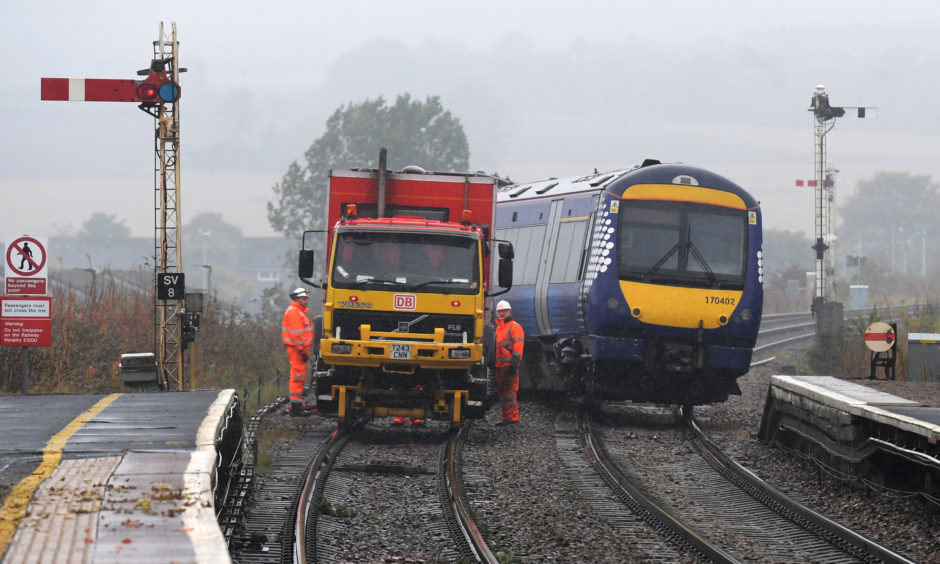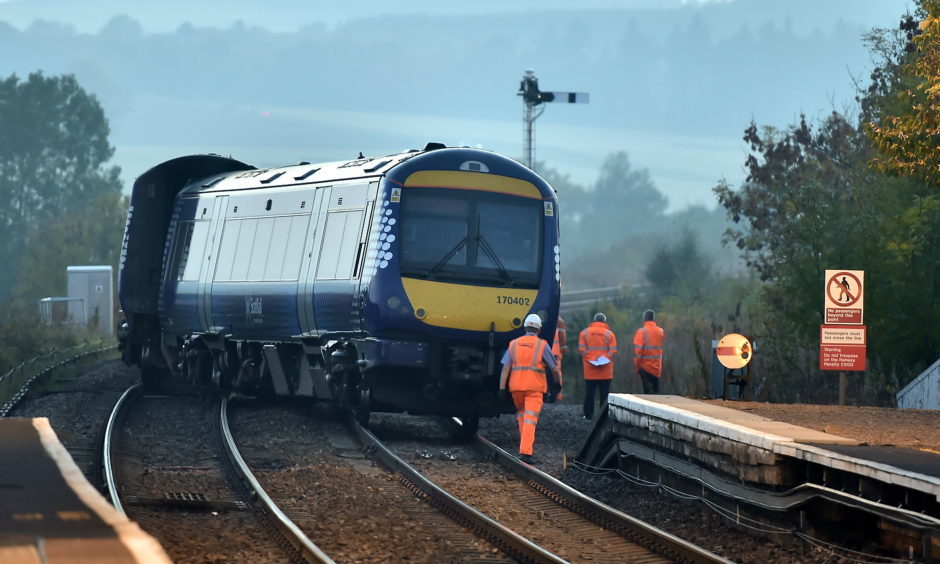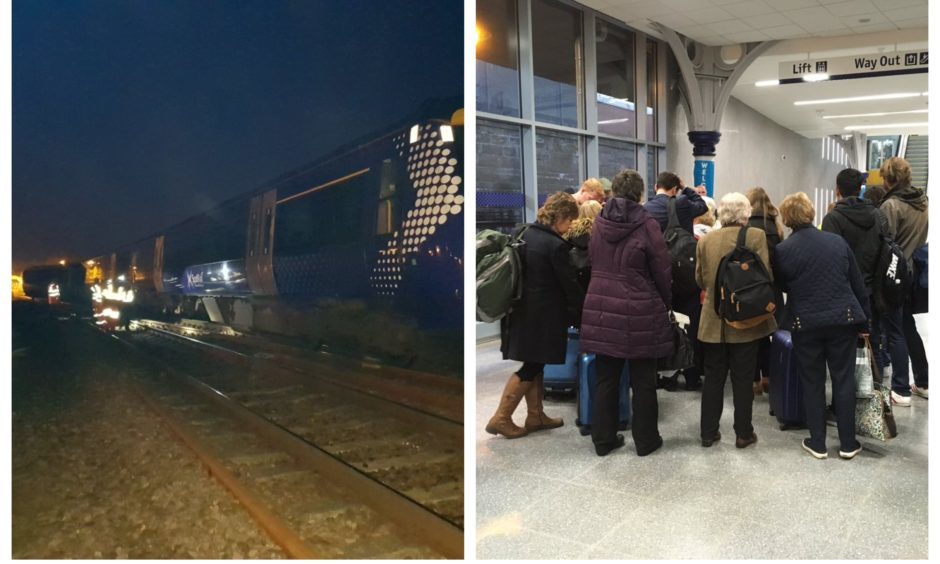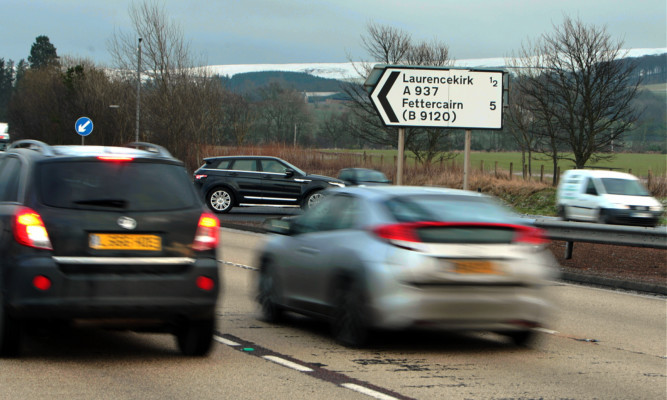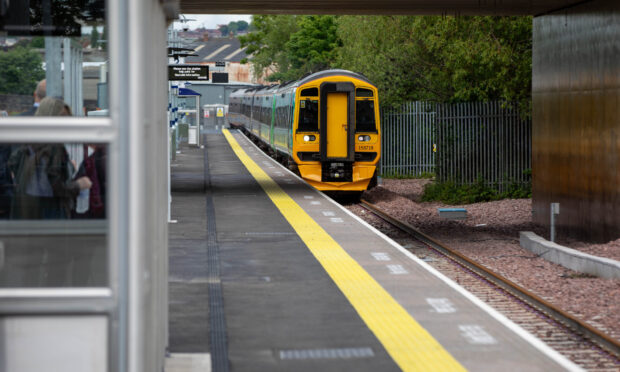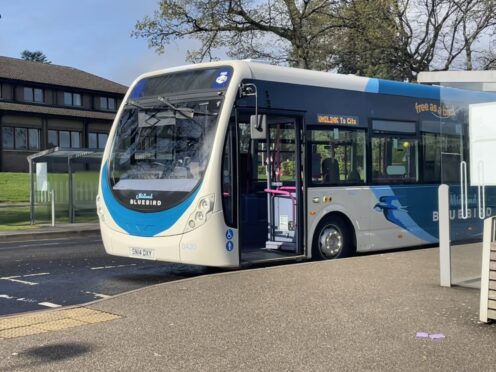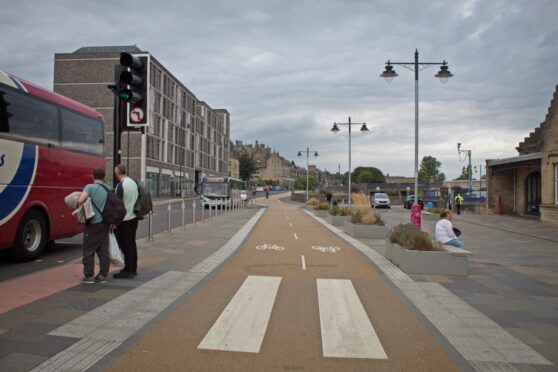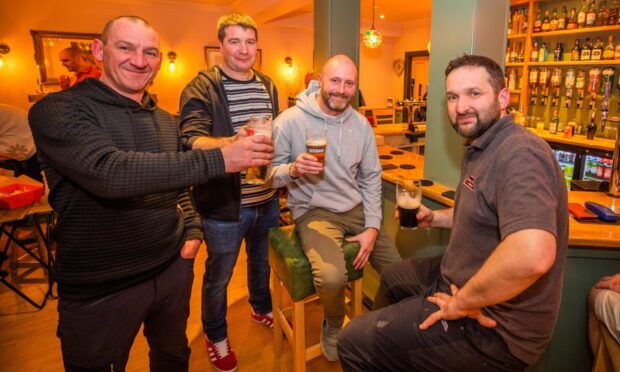The findings of an investigation into a derailment which caused three days of travel chaos between Aberdeen and Dundee have been published.
Services across the east coast were cancelled or revised after a train came off the tracks near Stonehaven Railway Station at about about 5pm on Wednesday, October 10.
On Thursday the Rail Accident Investigation Branch (RAIB) published the findings of a preliminary examination into its investigation into the derailment.
The organisation ruled out the train’s condition, the manner it was being driven, the state of the track and the line’s signalling infrastructure as factors in the accident – concluding that there is no cause for it to probe the incident any further.
Investigators found that the derailment took place after the train, which was travelling at between 12mph and 14mph, was given the go-ahead to move from one line to another – only for a “danger” signal to appear after the cab had passed.
This caused the points, which are movable sections of the track, to pass under the train.
No passengers were on the train and no one was injured as a result of the accident.
Services between Dundee and Aberdeen were called off completely as work to repair the track was completed and the train itself was uplifted. The line was reopened on the evening of Friday, October 12.
The RAIB statement said: “At about 5.03pm on Wednesday, October 10, the empty carriages that had formed a ScotRail service from Aberdeen to Stonehaven were being shunted from one line to the other over a crossover immediately south of Stonehaven station.
“The train was travelling at between 12mph and 14mph, when two of the three carriages became derailed on the crossover points, and the train stopped.
“The driver and guard, who were the only people on board the train, were unhurt. There was some damage to the track, and minor damage to the train.
“The RAIB sent two inspectors to the scene to determine the cause of the derailment.
“The evidence which they collected shows that the points had been set, and the relevant signal had been cleared, for the train to move from one line to the other.
“After the cab of the train had passed it, the signal reverted to danger and the points moved under the train, causing two carriages to derail.”
It adds: “The RAIB’s preliminary examination has eliminated the condition of the train itself, the way it was being driven, and the condition of the track and signalling infrastructure as possible factors in the cause of the accident.
“The crossover is only used by empty trains travelling at low speed and, in common with many similar crossovers that are only used for shunt moves, the points are not locked by the presence of the train.
“For this reason, and given that that all other railway equipment appears to have operated as designed, the RAIB has concluded that the potential for safety learning is insufficient to justify further investigation.
“The RAIB will share evidence with the railway industry parties involved, to assist them with their own investigations into this accident.”
